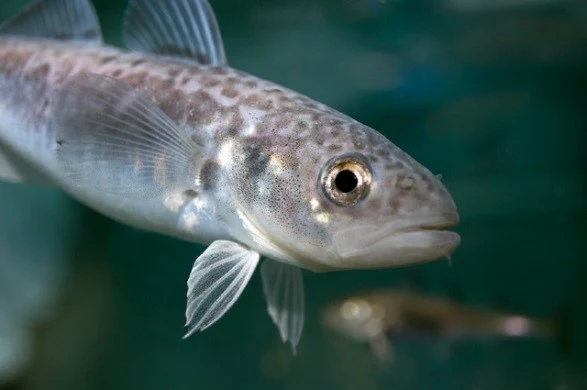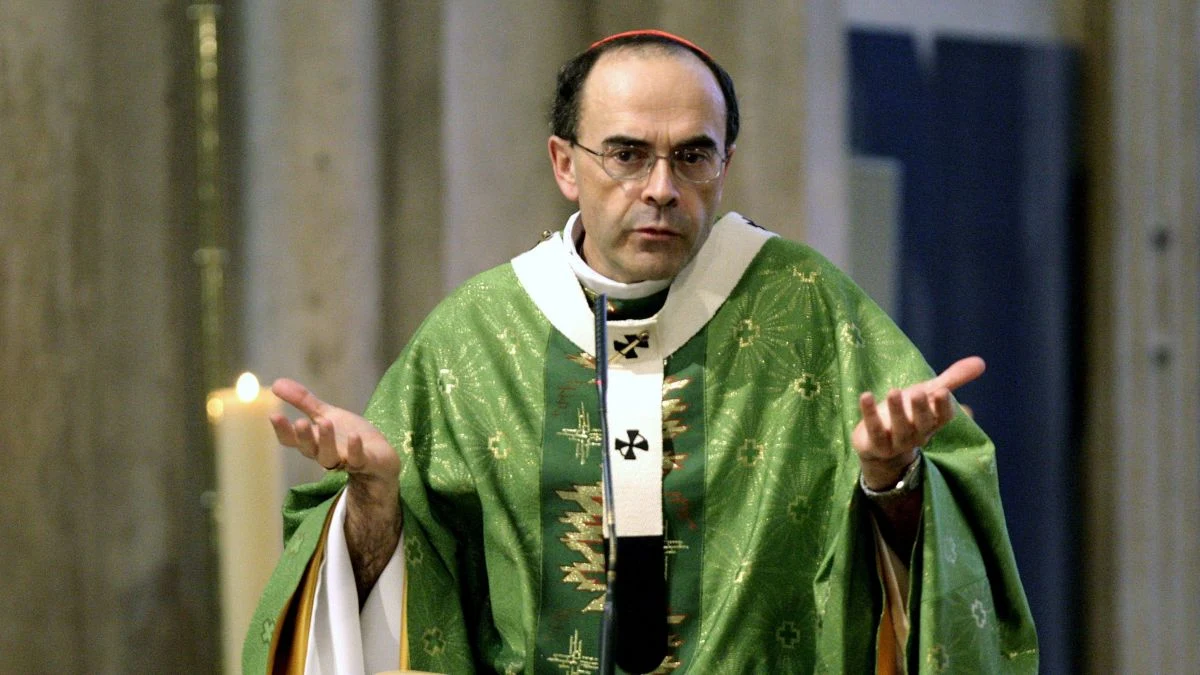 |
Rape, Brassica rapa, pollinated by bumblebees has more attractive flowers.
Image: Florian Schiestl, UZH |
Interplay of pollinators and pests influences plant evolution
Evolution is a dynamic process in which a species responds to competing selection pressures in its environment. Some of these might push the species in one direction and others in the opposite direction. Changing environmental factors effectively redefine the term 'fitness' as it applies to relevant characteristics.
Brassica plants, for example, have large attractive flowers which attract insect pollinators. They are also monoecious or hermaphrodite and, like many plants, have both male and female parts in the same flower, so are capable of 'selfing' or self-pollination.
Pollination by pollen from other flowers, carried by pollinating insects, increases genetic mixing, so reducing the change of deleterious mutations occurring in the same individual. This pressure pushes the species towards the evolution of larger, more attractive flowers.
However, there is a price to pay in that large attractive flowers also attract herbivores that eat brassica leaves, so wasting the plant's resources and reducing their vigor. This pressure pushes the species towards
less attractive flowers. This in turn reduces the likelihood of cross pollination, which pushes the species toward selfing and characteristic that make that more, not less likely.









































